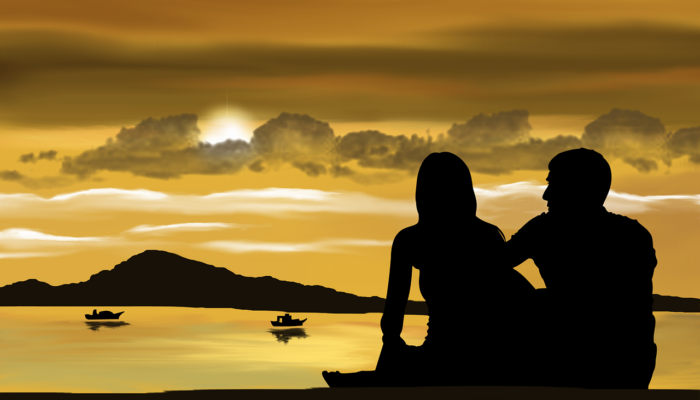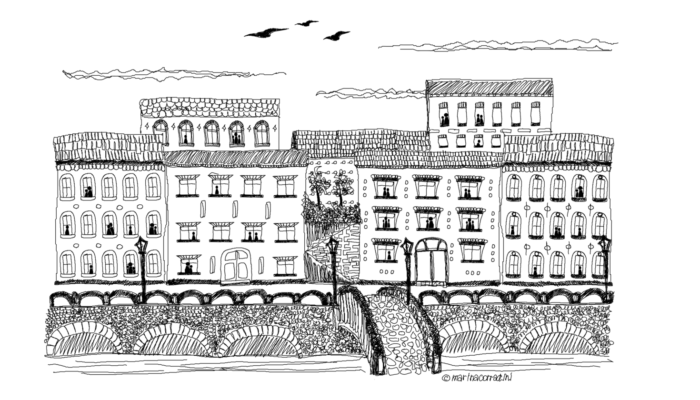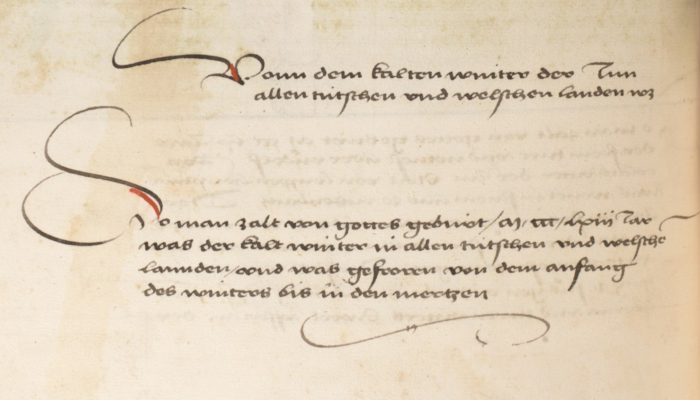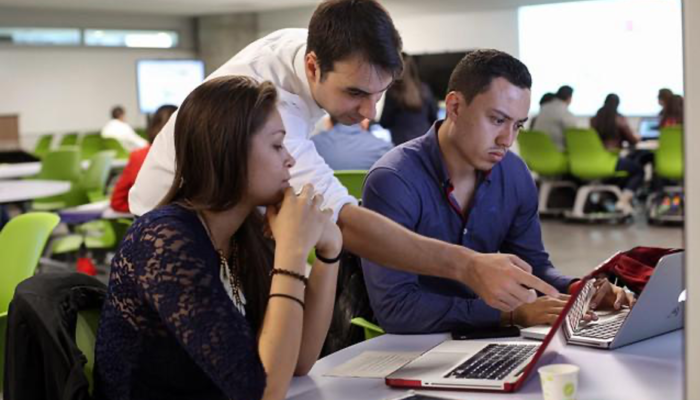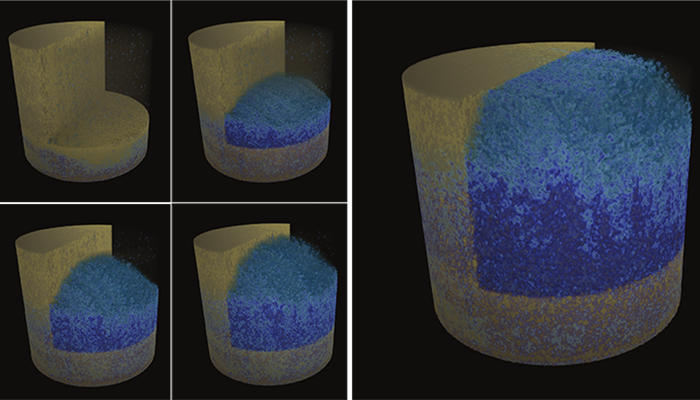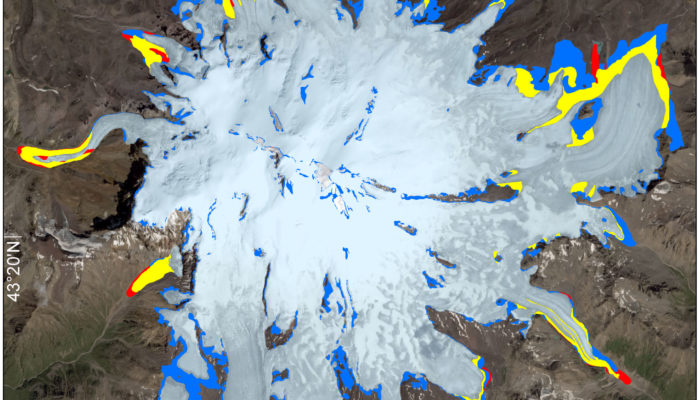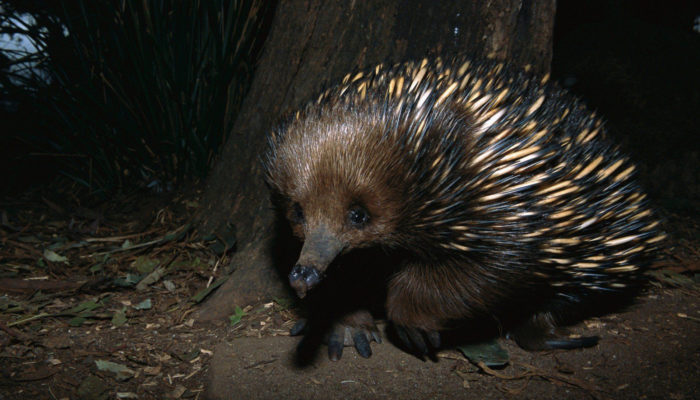Each month, Jesse Zondervan picks his favourite posts from geoscience and development blogs/news which cover the geology for global development interest. Here’s a round-up of Jesse’s favourite selections for the first three months of 2020: [Editor’s note: This post reflects Jesse’s personal opinions. These opinions may not reflect official policy positions of Geology for Global Development.] For m ...[Read More]
Seismology
Seismology in the time of COVID-19
The COVID-19 pandemic has brought us somewhere new. With many of us confined to our homes, the Seismology ECS representatives launch a new blog series, where they put together articles, reflections, and stories to accompany the community through this unprecedented historic period. Read the articles here: ◆ Creating Value for Safety: from earthquake preparedness to pandemic outbreak response ◆ ...[Read More]
Climate: Past, Present & Future
Weather hidden within dusty parchments and weighty tomes—historical climatology and its contribution to our understanding of the past climate
What is historical climatology? Historical climatology is an interdisciplinary research field between paleoclimatology and the historical sciences, that explores the archives of societies to examine the climate of the past. Archives of society mean all man-made remains of the past in contrast to archives of nature. The latter represent physical remains of natural processes such as tree rings and s ...[Read More]
Natural Hazards
Vitor Silva: 2020 Natural Hazards division medallist story
In today’s interview, we talk with Dr Vitor Silva, who was awarded the 2020 Natural Hazard Division Outstanding Early Career Scientist Award for his fundamental contributions to the research on earthquake risk assessment. Seismic risk is the probable building damage and the number of people that are expected to be hurt or killed if a likely earthquake on a particular fault occurs. Disaster risk ca ...[Read More]
Tectonics and Structural Geology
Neutrons and X-rays: 3D and 4D imaging in geoscience
Anne Pluymakers is an assistant professor at TU Delft, whose hobbies include experimental rock mechanics and fluid-rock interaction. She focuses on the effects of fluids on mechanical behaviour of rocks at representative in-situ temperature and pressure conditions, with a strong focus on hydrochemical fluid-rock interaction. Investigating the microstructure of the rock and how it is altered is cri ...[Read More]
GeoLog
#shareEGU20: let’s get creative and share EGU art!
Due to the ongoing coronavirus outbreak, EGU has made the decision to cancel this year’s physical General Assembly in Vienna and instead offer a partial alternative meeting online, called #shareEGU20. Over the next few weeks in the run up to #shareEGU20, which will be held from the 4 – 8 May 2020, we will be posting regular updates and information about how to get involved, what EGU ca ...[Read More]
Cryospheric Sciences
Does debris cover offset glacier retreat in the Greater Caucasus?
In this week’s blog, Levan Tielidze tells us about supra-glacial debris cover change for the Greater Caucasus. His recent study indicates more than a doubling in the area of supra-glacial debris cover for the Elbrus Massif‘s glaciers from 1986 to 2014, the largest glacierized massif in the whole region. Glaciers on the western slope of the Elbrus Massif are affected by avalanches and thus ar ...[Read More]
Geodynamics
The Sassy Scientist – Solely Sequestered
Embedded on a chair behind a laptop, with no access to the university labs in the foreseeable future and hands-on research activities stalling, Felicia resides ensconced: I need to access my lab to do my research, but I am not allowed to go. What can I do? Dear Felicia, Not very much by the looks of it. I suggest: take a load off and get some sleep. Wean yourself off of that 12-16 hours a day rout ...[Read More]
GeoLog
#shareEGU20: planning your week of digital interaction!
Earlier this week, we announced that the new and revised schedule for #shareEGU20 has been released. If you missed that announcement you can take a look at the website for that here, it’s ok, we will wait… Now that you have had a quick look, maybe found your abstract, or session, you probably have a few questions. Over the next few weeks we will be trying to answer as many of these question ...[Read More]
Geodynamics
The spikey end of geodynamics: The story of the echidna and plate tectonics
This week, Craig O’Neill, Associate Professor and director of the Planetary Research Center at MacQuarie University shows that not only humans are suffering from the consequences of global warming. The recent Australian bushfire season has precipitated a shift in the Australian – and the world’s – perception of the urgency of addressing climate change. With most of the east ...[Read More]

